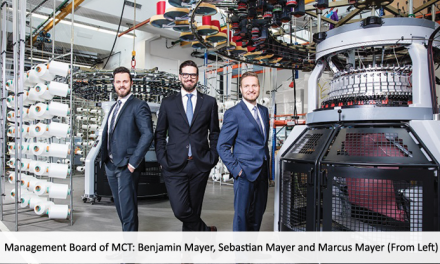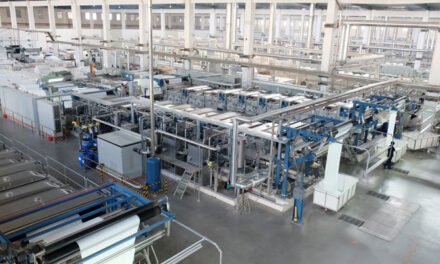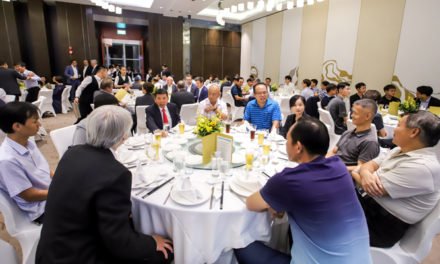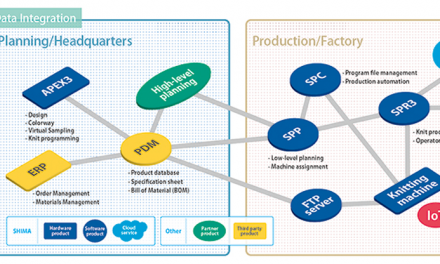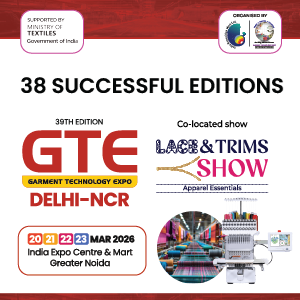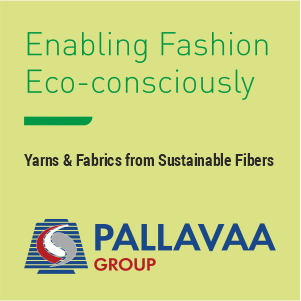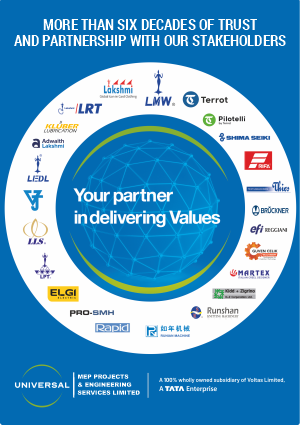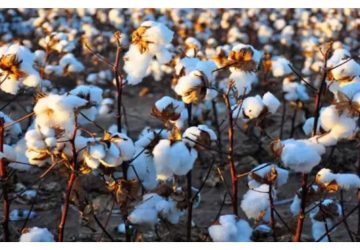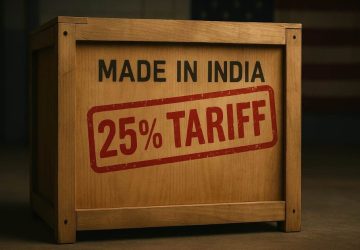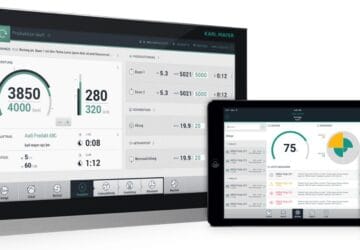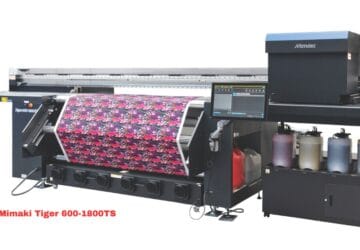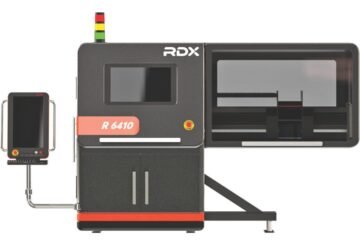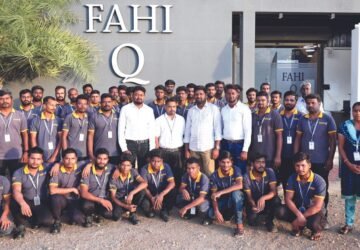Real-time AI inspection for circular knitting that makes quality visible as it happens
Why real-time matters now
 In knitting, a defect can go from a faint ripple to a full-roll problem in minutes. For years, inspection lived at the end of the line – long tables, bright lights, and skilled people catching issues after value was already added. Knit i from Count Ai flips that timeline. By placing computer-vision intelligence at the knitting machine, it spots trouble the instant it begins and, when connected, can stop the machine before waste multiplies.
In knitting, a defect can go from a faint ripple to a full-roll problem in minutes. For years, inspection lived at the end of the line – long tables, bright lights, and skilled people catching issues after value was already added. Knit i from Count Ai flips that timeline. By placing computer-vision intelligence at the knitting machine, it spots trouble the instant it begins and, when connected, can stop the machine before waste multiplies.
“Think of Knit i as a guardian that never blinks,” says Jaivardhan Thirupathi, Director at Count Ai. “When a defect begins, the system sees it first – so teams act in minutes, not hours. The result is fewer surprises, steadier schedules, and confidence on every roll.”
Trusted on real floors
The approach has earned adoption across leading factories including KPR, Nithin, Sudhiva, Pallava, Aarthi International, Best Color, Zelal, BS Apparel, Baris, Win Textile, Masco, Tosrifa, and many more. These mills aren’t merely adding a camera; they’re buying time, certainty, and trust, moving from end-of-line firefighting to in-line prevention.
What Knit i actually does
Knit i watches the fabric as it is formed. The moment a defect appears, it raises a clear, visual alert, pausing the machine before a small deviation becomes a roll-wide fault. Operators no longer stare at cloth hoping to spot a fleeting glitch. Instead, they handle exceptions: fix the cause, acknowledge the alert, and restart with confidence. Supervisors get immediate context (what happened, where, when), so root-cause analysis takes minutes, not meetings.
The payoffs mills feel
The first win is fabric saved – early stops prevent tons of material from turning into seconds or scrap/waste. Just as important, mills feel the manpower relief: people move from endless scanning to targeted action. Quality becomes something you can assure and prove – with roll-wise records that strengthen buyer trust. Production planners protect ontime delivery, and managers are comfortable running higher speeds because issues are contained at source rather than discovered at the end.
What Knit i catches (and why that matters)
Knit i is trained on the defects that quietly drain margins: spandex/lycra misplating and cuts, needle lines (vertical or horizontal bands) and holes, oil marks and stains, yarn knots and slubs, thick–thin effects, contamination, and barre/stripe irregularities. Catching these early is the difference between a quick fix and a full re-knit – between a kept promise and a delayed shipment.
A success snapshot
Consider an export-focused knitter running a high mix of gauges and blends. Within weeks of installing Knit i on critical machines, the team reported steadier throughput and calmer nights. Early alerts stopped faults before they travelled downstream; buyers noticed consistency roll after roll; planners stopped padding schedules “just in case.” The most telling change came from the line itself: operators stopped searching for problems and started solving them – guided by on-machine evidence instead of end-of-line surprises.
“When quality becomes visible in real time, it changes conversations,” adds Jaivardhan. “Disputes reduce, confidence grows, and teams spend more time producing and less time guessing.”
Why Count Ai
Count Ai designs for operator reality. Set-up is straightforward, the interface is clean, and every alert carries visual proof so teams know exactly what to do next. Sensitivity is tuned to your styles to avoid alarm fatigue, and adoption support is treated as part of the product and not an afterthought. The goal is simple: live assurance that lets people run with confidence
See Knit i at ITMA Asia Singapore If your priority is less waste, faster decisions, and confidence at speed, watch Knit i on the floor and bring your toughest styles and questions. Count Ai – Hall 5, Booth A304 Indo Texnology – Hall 4, Booth A303


